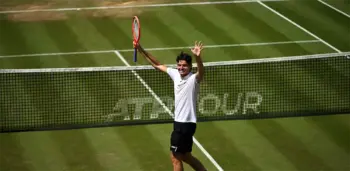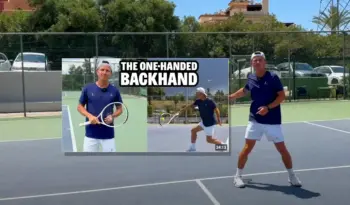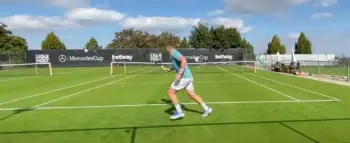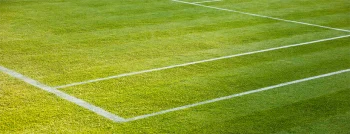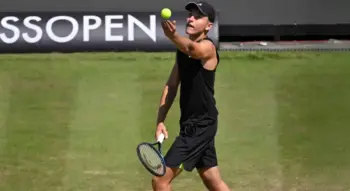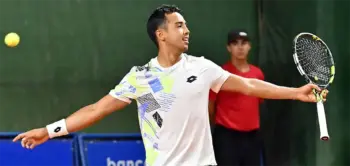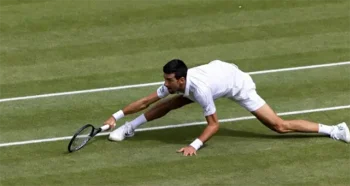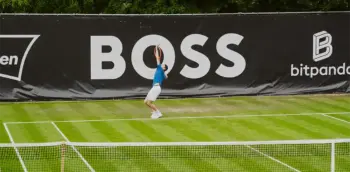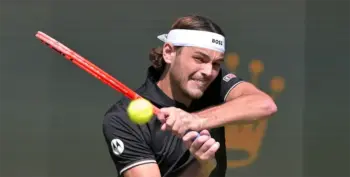Of course, we all know which surfaces tennis is usually played on. Ever since the tour organizations have decided to move away from carpet, the pro tours circle between hard court, clay and grass all season long. Those surfaces each have their own set of properties, that usually do not differ much per surface group. But for example in hard courts, you can get a very slow or a very fast playing surface that both get grouped as one. So, what kind of surfaces are ITF classified and how do these affect playing tennis?
The ITF classification
Which are the slowest and fastest tennis courts?
The ITF classifies court surfaces into five different categories of speed level, with 1 being the slowest and 5 being the fastest. These rating are purely done in regard to the pace of the respective court and do not mean that one or the other surface is rated better or worse. The surfaces are tested according to a fixed procedure and then classified, the certification for tournaments or the pro tour is not directly linked to this.
The five categories available are:
1 – Slow (e.g. clay, artificial clay and some artificial courts)
2 – Medium-slow (e.g. DecoTurf, GreenSet etc)
3 – Medium (e.g. ReboundAce Cat3)
4 – Medium-fast (e.g. ReboundAce Cat4, AO GreenSet, etc)
5 – Fast (e.g. Grass, Carpet, Artificial Grass)
The key properties tested by the ITF are the following: friction, energy restitution, topography and consistency. Additionally to these, there is a special apparatus that will fire balls onto the surface at a certain speed and angle, measuring the trajectory of those balls after they impact the tested court. With these measurements and a formula that reminds one of their mathematics classes in high school, the ITF determines a value called CPR, or Court Pace Rating. And according to this rating, the court gets its own classification.
Additionally, the ITF distinguishes between the following families of courts:
- Acrylic/Polyurethane (most hard courts of today)
- Artificial clay (e.g. TennisForce)
- Artificial grass (there are sand filled, slower ones and fast ones)
- Asphalt
- Carpet
- Clay
- Concrete
- Grass
- Hybrid Clay
- Other (such as tiles, wood or canvas)
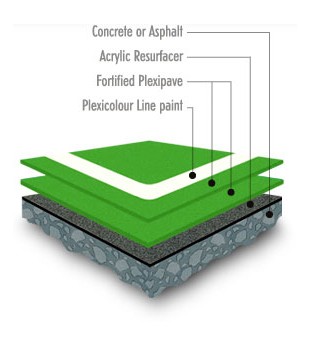
The three major surfaces, and the others
In general, we have grass and clay as the natural surfaces and hard court as the most important artificial one. (Watch us play all three surfaces in one day!) Therefore, the variance between the varieties of the latter are far more difficult to explain, with a large number of brand names being classified and accepted by the ITF. But let’s start with the ones easy to explain.
Natural grass is a surface to itself, with no big varieties in brand names or classifications. The grass might differ in how they grow and treat it from tournament to tournament, but in general will always be a fast-playing surface. Read more about playing tennis on grass. Natural clay on the other hand might come in different variations of origin, build-up and even color, but will always be on the slow end of play. The main differences here are in the preparation of the courts and how they are handled. The cut of grass or watering of clay results in quite a change of pace as well, meaning that there will be slight differences between tournaments. But overall, the qualities of these court categories will stay more or less the same in each case.
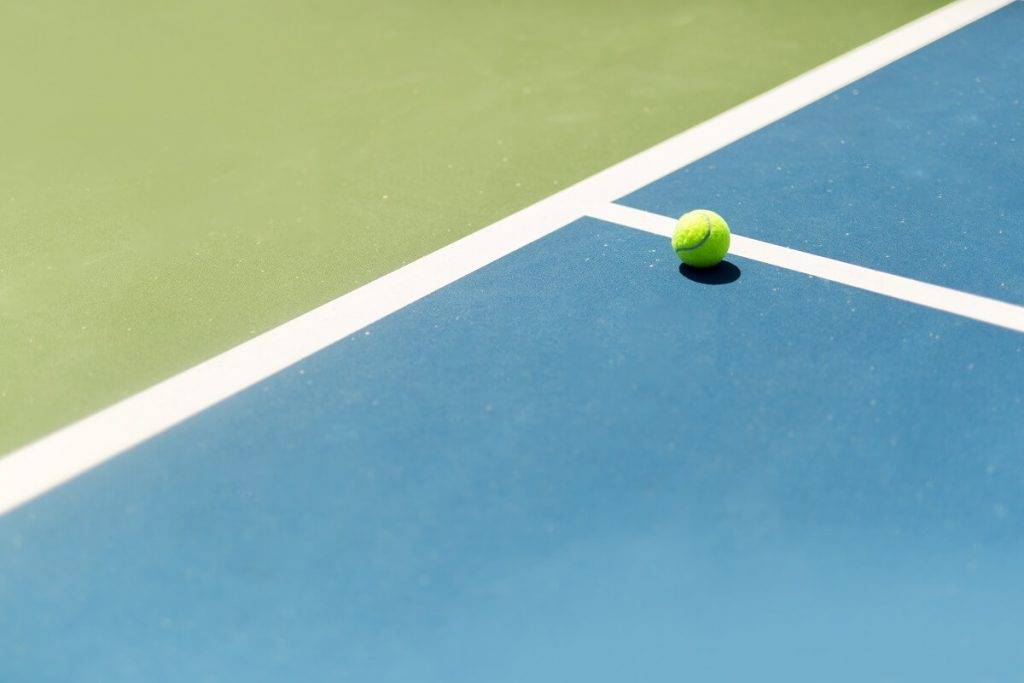
With artificial courts like hard court, it is not quite that easy. For the hard courts that we know today, it highly depends on the brand and the setup at the venue. From personal experience, I have hardly ever seen a Rebound Ace court that played just like the last one, even if the clubs confirmed that it is the same product and finish. But depending on how you build the foundation, how many layers you paint and how often you play the courts, the results will still vary greatly. Plus, some brands even sell various mixtures, as you can see above with Rebound Ace being mentioned a couple of times throughout the categories.
The further surfaces, such as carpet and artificial grass are usually faster ones, but also might vary greatly depending on its setup and brand. I have personally played a lot on sand filled artificial grass in Spain, which feels very similar to clay, as you can slide and they are quite slow paced. But of course, other non-filled turf brands will play rather similar to the natural grass we know from SW19 and others.
But how do these affect tennis and what are most tournaments using? Check out part two of our ITF surface overview, how the surfaces affect play!





